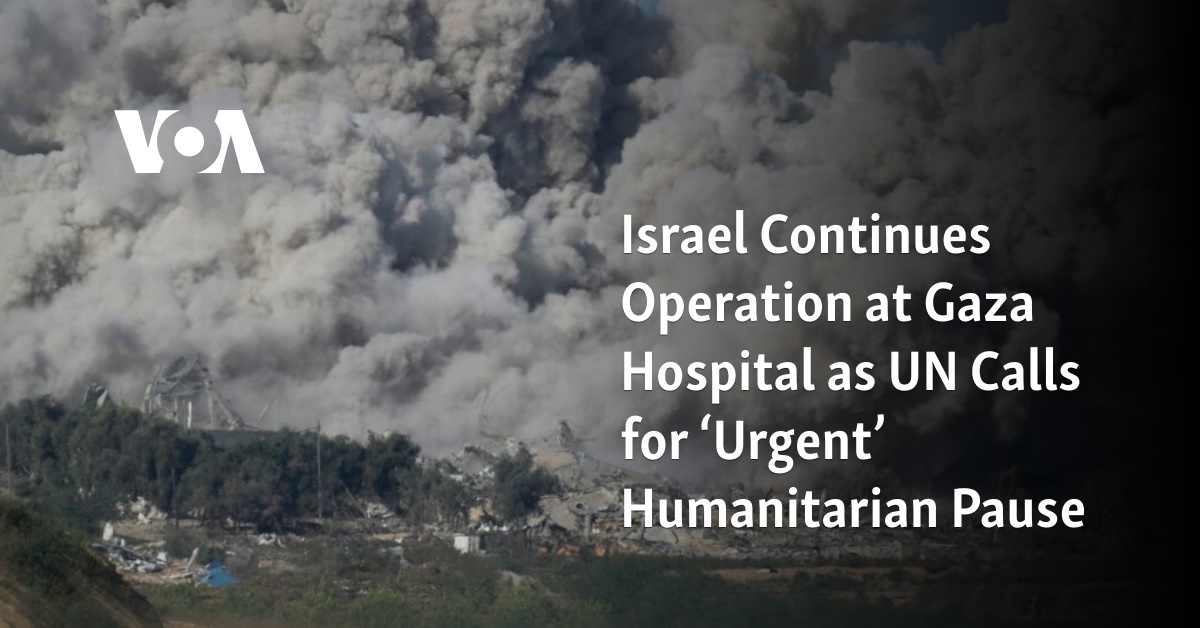
GRINDAVIK, Iceland (AP) — Lava from a Volcanic eruption in Iceland On Sunday, masses of water flowed towards the defenses around the town of Grindavik, which have so far kept the molten rock away from the evacuated community.
Scientists said the eruption appeared to be weakening and would likely subside within a few hours.
A volcanic system on the Reykjanes peninsula in the southwest of the country erupted late Saturday for the fourth time in three months, sending orange streams of lava into the night sky.
The Icelandic Meteorological Office said the eruption opened a crack in the earth about three kilometers long between the Stóra-Skógfell and Hagafell mountains.
The Met Office said on Sunday that lava was flowing south and southeast at a speed of about one kilometer per hour and could potentially reach the ocean. Protective barriers have been erected to prevent flooding of the main road along the southern coast of the peninsula.
Hundreds of people were evacuated from the Blue Lagoon thermal resort, one of Iceland’s most popular tourist attractions, when the eruption began, national broadcaster RUV said.
No flight disruptions were reported at nearby Keflavik, Iceland’s main airport.
The eruption site is a few kilometers (miles) northeast of Grindavik. a coastal town with 3,800 residents about 50 kilometers (30 miles) southwest of Iceland’s capital Reykjavik.
The city was previously evacuated the first outbreak on December 18th. A second outbreak That started on January 14, sending lava toward the city. Defensive walls that had been reinforced after the initial eruption stopped part of the flow, but several buildings were engulfed by the lava.
Both outbreaks only lasted a few days. A third outbreak The disaster began on February 8th. It ended within hours, but not before a lava flow engulfed a pipeline and cut off thousands of people from heat and hot water supplies.
Iceland, which lies above a volcanic hotspot in the North Atlantic, sees regular eruptions and is very experienced in dealing with them. The most devastating recent eruption was the eruption of the Eyjafjallajökull volcano in 2010, which sent huge clouds of ash into the atmosphere and led to widespread airspace closures over Europe.
The recent eruptions signal a reawakening of the Svartsengi volcanic system after nearly 800 years of dormancy. It is unclear when the activity will end and what it means for the Reykjanes Peninsula, one of the most densely populated parts of Iceland.
No confirmed deaths have been reported in any of the recent eruptions, but one worker was declared missing after falling into a fissure opened by the volcano.














Recent Comments